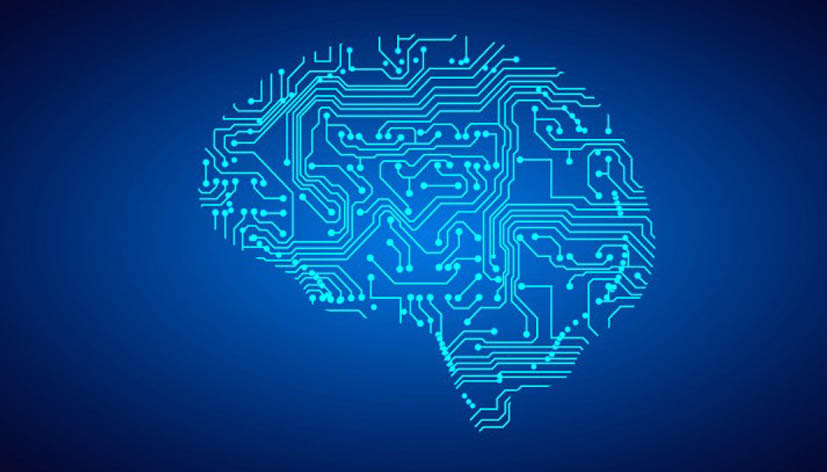The digital age has transformed every aspect of our lives, from how we communicate to how we work, shop, and entertain ourselves. With this transformation come various myths and misconceptions that shape our understanding and expectations of the digital world. This article aims to debunk some of these myths and present the realities to help individuals and businesses navigate the digital landscape more effectively.
Myth 1: The Internet is Anonymous
Reality: The perception that the internet offers complete anonymity is far from accurate. While tools like VPNs (Virtual Private Networks), Tor (The Onion Router), and secure browsers can help enhance privacy and mask IP addresses, they do not guarantee complete anonymity. Most online activities leave digital footprints through cookies, browsing history, and metadata that can be traced back to individuals. Governments, Internet Service Providers (ISPs), and tech companies have sophisticated mechanisms to monitor and track online behavior. For true anonymity, one would need to adopt extreme measures, which are often impractical for everyday use.
Myth 2: More Technology Equals More Productivity
Reality: Technology has the potential to boost productivity, but it can also lead to distractions and inefficiencies if not managed properly. For instance, constant notifications from emails, social media, and messaging apps can interrupt focus and reduce the quality of work. Multitasking, often facilitated by technology, can decrease productivity and increase the likelihood of errors. Effective use of technology involves prioritizing tasks, setting boundaries for device usage, and using productivity tools that align with specific needs. Implementing digital well-being practices, such as designated tech-free times and spaces, can also enhance productivity.
Myth 3: Cybersecurity is Only a Concern for Large Companies
Reality: Cybersecurity is a critical issue for individuals and organizations of all sizes. Small businesses and individuals are often targeted by cybercriminals precisely because they are perceived to have weaker security measures. Common threats include phishing attacks, ransomware, and identity theft. Everyone must adopt basic cybersecurity practices, such as using strong, unique passwords, enabling two-factor authentication (2FA), regularly updating software, and being cautious of suspicious emails and links. Awareness and education about cybersecurity threats are essential for all internet users.
Myth 4: Social Media is a True Reflection of Reality
Reality: Social media platforms often present a curated and filtered version of reality. Users typically share highlights and positive aspects of their lives while omitting negative experiences. This selective sharing can lead to unrealistic expectations and comparisons, causing feelings of inadequacy and depression among viewers. It’s important to recognize that social media does not provide a complete or accurate picture of someone’s life. Critical thinking and a healthy skepticism are essential when consuming content on these platforms.
Myth 5: AI Will Soon Replace All Jobs
Reality: Artificial intelligence (AI) and automation are indeed transforming many industries, but they are more likely to augment human jobs rather than replace them entirely. AI excels at handling repetitive and mundane tasks, freeing up humans to focus on more complex, creative, and strategic activities. While some jobs may become obsolete, new roles and opportunities are emerging in fields such as AI ethics, machine learning, and data analysis. Continuous learning and adaptability are key for the workforce to thrive alongside advancing technologies.
Myth 6: Digital Detox is Unnecessary
Reality: While the digital world offers numerous benefits, constant connectivity can lead to stress, anxiety, and burnout. The concept of a digital detox—taking a break from digital devices—is essential for mental and physical well-being. Regularly disconnecting from screens allows individuals to recharge, improve focus, and engage in offline activities that promote relaxation and creativity. Establishing boundaries, such as tech-free zones and times, can help maintain a healthy balance between digital and real-life interactions.
Myth 7: Online Privacy is a Given
Reality: Online privacy is not automatically guaranteed. Many online services collect and share user data for advertising and other purposes. This data collection often occurs without explicit user consent or awareness. To protect online privacy, users should read privacy policies, adjust privacy settings on social media and other platforms, and use privacy-focused tools like encrypted messaging apps and browsers that do not track user activity. Being vigilant about the information shared online and understanding how it is used can help safeguard personal privacy.
Myth 8: Free Services Are Truly Free
Reality: The adage “if you’re not paying for the product, you are the product” aptly describes many free online services. These services often monetize user data through targeted advertising and data sales. Users pay for these services with their personal information, which is collected, analyzed, and sold to third parties. Understanding the trade-off between free access and data privacy is crucial. Whenever possible, opting for paid services that prioritize user privacy can be a better choice for those concerned about data security.
The digital world is full of myths and misconceptions that can lead to misunderstandings and unrealistic expectations. By debunking these myths and understanding the realities of the digital landscape, individuals and businesses can make more informed decisions, protect their privacy and security, and use technology to its fullest potential. Embracing the complexities of the digital age with a critical mind and a proactive approach can lead to a more balanced and secure digital experience.










































